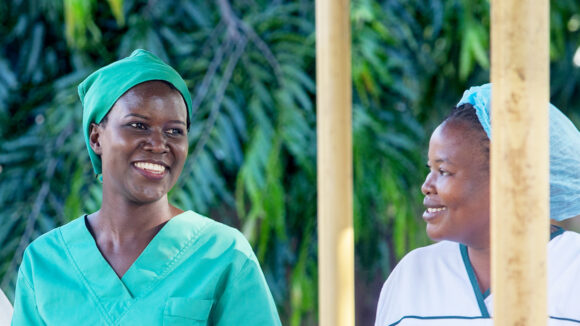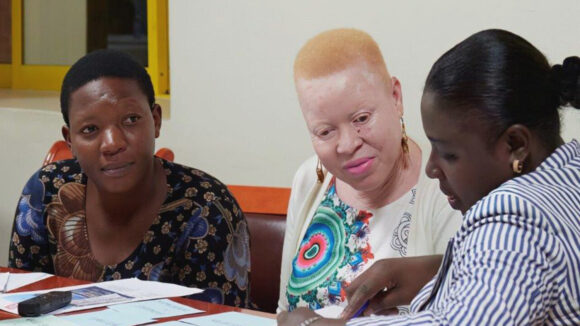We’re working with the Ethiopian government and partners to deliver vital charity work that protects people from trachoma.
Sightsavers in Ethiopia
People in Ethiopia are at high risk of catching trachoma, a painful eye disease that can lead to blindness.
It is one of five countries that, together, are home to almost half the world’s cases of active trachoma.
The government has been investing in primary health care since the 1970s, but there is a shortage of essential resources, and health care is scarce in rural areas. The costs of medical help are also a significant burden for many households, leading to financial hardship and causing many people to avoid using health care.
Trachoma is one of five neglected tropical diseases are endemic in Ethiopia, putting millions of people at risk of blindness and disability. Sightsavers’ work in the country focuses on treating and preventing the disease.
In 2012, we tracked cases of trachoma in Ethiopia as part of the Global Trachoma Mapping Project. The data we collected showed that the disease was a public health problem in 90 per cent of districts.
To tackle this, as part of the Accelerate programme, Sightsavers and partners used the World Health Organization’s SAFE strategy to stop the spread of trachoma through surgery, antibiotics, face washing and environmental improvements. In 2022, we helped to distribute 8 million treatments for trachoma in the country.
Facts about Ethiopia
- Population: 113 million
- Capital: Addis Ababa
- Official language: Amharic
- Human development index (HDI) ranking: 175 (low)
“I’m happy to be contributing to the global effort to eliminate trachoma.”

How you can help
Our charity work in Ethiopia is helping to protect communities from trachoma, but there’s still more we need to do to reach everyone.
With your support, we want to expand our treatment campaigns to other areas of the country where trachoma is endemic, which can cause permanent blindness if left untreated. To do this, we need your help.
Charity donations, legacies, corporate partnerships and gifts from charitable foundations are a vital source of funding for our work in Ethiopia. We also welcome opportunities to work in partnership with governments, institutions and development organisations.
![]() Contact us: If you have any questions about our work in Ethiopia, would like details about our programmes or wish to discuss ways you can donate or support us, email [email protected]
Contact us: If you have any questions about our work in Ethiopia, would like details about our programmes or wish to discuss ways you can donate or support us, email [email protected]
Latest stories from east Africa

“Everyone deserves quality eye care services”
In Uganda, an inclusive eye health programme has helped to protect people’s vision and build a sustainable eye health system that can be accessed by everyone.

Our sights are set on eliminating trachoma in Kenya
Four-year-old Lanoi was suffering with trachoma. With the help of eye health workers and volunteers, she received treatment to end the pain of trachoma.

Collaborating to improve gender-based violence services
Women and girls with disabilities face a higher risk of gender-based violence, yet they are often prevented from receiving support due to inaccessible services.

Sightsavers Kenya celebrates 70-year anniversary
Sightsavers began working in Kenya in 1952, when blindness affected up to 7% of rural Kenyans.

Making assessments more accessible for children with disabilities
How an evaluation tool to assess children’s development has been adapted for young children with disabilities in Kenya.

Transforming education for every child in Kenya and Nigeria
In Nigeria and Kenya, two innovative education projects are enabling children with disabilities to reach their potential.